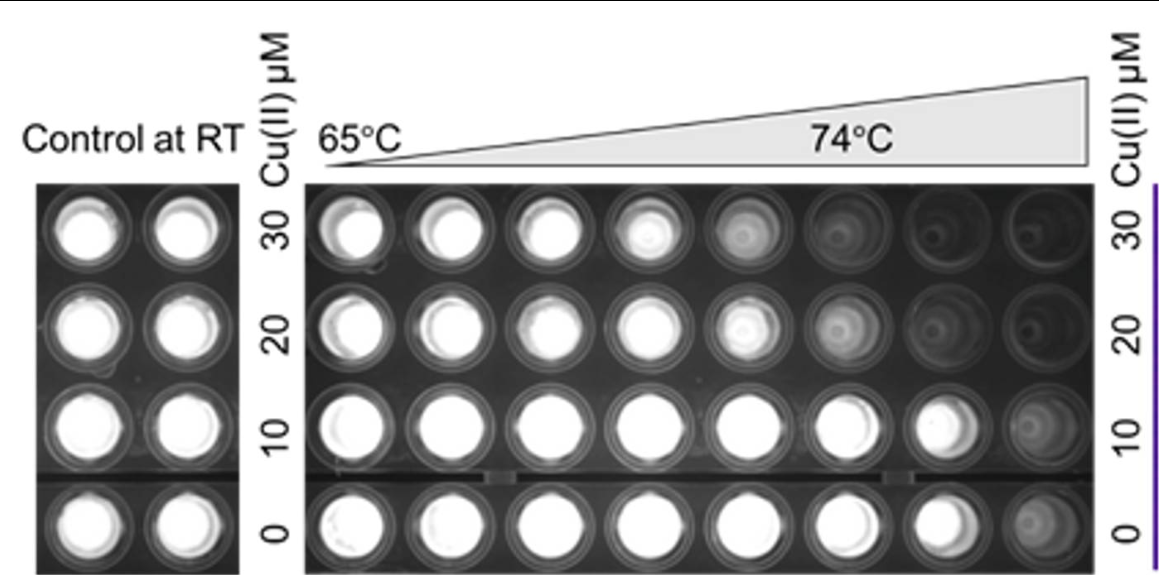Research and Innovation Services Partner with us Our Technologies Zinc & Copper Biosensor
Zinc & Copper Biosensor
- Future Students
- JCU Global Experience
- International Students
- Open Day
- How to apply
- Pathways to university
- Virtual Open Day
- Living on Campus
- Courses
- Publications
- Scholarships
- Parents and Partners
- JCU Heroes Programs
- Aboriginal and Torres Strait Islander in Marine Science
- Elite Athletes
- Defence
- Current Students
- New students
- JCU Orientation
- LearnJCU
- Placements
- CEE
- Unicare Centre and Unicampus Kids
- Graduation
- Off-Campus Students
- JCU Job Ready
- Safety and Wellbeing
- JCU Prizes
- Professional Experience Placement
- Employability Edge
- Art of Academic Writing
- Art of Academic Editing
- Careers and Employability
- Student Equity and Wellbeing
- Career Ready Plan
- Careers at JCU
- Partners and Community
- JCU-CSIRO Partnership
- Alumni
- About JCU
- Reputation and Experience
- Chancellery
- Governance
- Celebrating 50 Years
- Academy
- Indigenous Engagement
- Education Division
- Graduate Research School
- Research and Teaching
- Research Division
-
Research and Innovation Services
- About Research and Innovation Services
- Partner with us
- Innovate with us
- Research Grants, Tenders and Funding
- Ethics and Research Integrity
- Research Contracts
- Discover our Research and Testing Facilities
- JCU Ideas Lab
- Find an Expert
- Contact Research and Innovation Services
- FAQs and Fact Sheets
- GECO
- CASE
- College of Business, Law and Governance
- College of Healthcare Sciences
- College of Medicine and Dentistry
- College of Science and Engineering
- CPHMVS
- Anthropological Laboratory for Tropical Audiovisual Research (ALTAR)
- Anton Breinl Research Centre
- Agriculture Technology and Adoption Centre (AgTAC)
- Advanced Analytical Centre
- AMHHEC
- Aquaculture Solutions
- AusAsian Mental Health Research Group
- ARCSTA
- Area 61
- Lions Marine Research Trust
- Australian Tropical Herbarium
- Australian Quantum & Classical Transport Physics Group
- Boating and Diving
- Clinical Psychedelic Research Lab
- Centre for Tropical Biosecurity
- Centre for Tropical Bioinformatics and Molecular Biology
- CITBA
- CMT
- Centre for Disaster Solutions
- CSTFA
- Cyclone Testing Station
- The Centre for Disaster Studies
- Daintree Rainforest Observatory
- Fletcherview
- JCU Eduquarium
- JCU Turtle Health Research
- Language and Culture Research Centre
- MARF
- Orpheus
- TESS
- JCU Ideas Lab
- TARL
- eResearch
- Indigenous Education and Research Centre
- Estate
- Work Health and Safety
- Staff
- Discover Nature at JCU
- Cyber Security Hub
- Association of Australian University Secretaries
- Services and Resources Division
- Environmental Research Complex [ERC]
- Foundation for Australian Literary Studies
- Gender Equity Action and Research
- Give to JCU
- Indigenous Legal Needs Project
- Inherent Requirements
- IsoTropics Geochemistry Lab
- IT Services
- JCU Webinars
- JCU Events
- JCU Motorsports
- JCU Sport
- Library
- Mabo Decision: 30 years on
- Marine Geophysics Laboratory
- Office of the Vice Chancellor and President
- Outstanding Alumni
- Pharmacy Full Scope
- Planning for your future
- Policy
- PAHL
- Queensland Research Centre for Peripheral Vascular Disease
- Rapid Assessment Unit
- RDIM
- Researcher Development Portal
- Roderick Centre for Australian Literature and Creative Writing
- Contextual Science for Tropical Coastal Ecosystems
- State of the Tropics
- Strategic Procurement
- Student profiles
- SWIRLnet
- TREAD
- TropEco for Staff and Students
- TQ Maths Hub
- TUDLab
- VAVS Home
- WHOCC for Vector-borne & NTDs
- Media
- Copyright and Terms of Use
- Australian Institute of Tropical Health & Medicine
- Pay review
Background
JCU researchers have developed a fluorescence-based Zinc & Copper sensing reagent that can be deployed on a real-time thermal cycler. The method is low-cost, easy to use & specific for the ions tested.
Detection method: Fluorescence-based (Figure 1)
Sample types: Biological samples, Environmental samples
Sensitivity: 1 μM (Cu & Zn)
Range: 1-12.5 µM (Cu) 1-100 µM (Zn)
Assay formats: The Copper test can be deployed in a semi-quantitative format for field-testing water samples, as well as a quantitative lab-based test.
Assay time: 1hr (<5min hands‑on time) for lab test. 15 min for field kit.
- Easy to use
- Unique specificity and sensitivity to copper ions and zinc
- Large window of concentrations due to the unique dual sensing system
- Easy scouting
- Fingerprint profiling (i.e. distinction between zinc and copper is possible)
- Non-toxic
- Water soluble
- Low concentration of reagent (1 μM)
- Low volume of sample (20 μL)
- Environmental testing for pollution (test for maximum containment level of copper)
- Soil micronutrient measurement
- Nutritional epidemiology
- R&D for chelators
- In vitro diagnostics
The university are interesting in licensing the technology for commercial applications.
Seeking:
- Licensing
